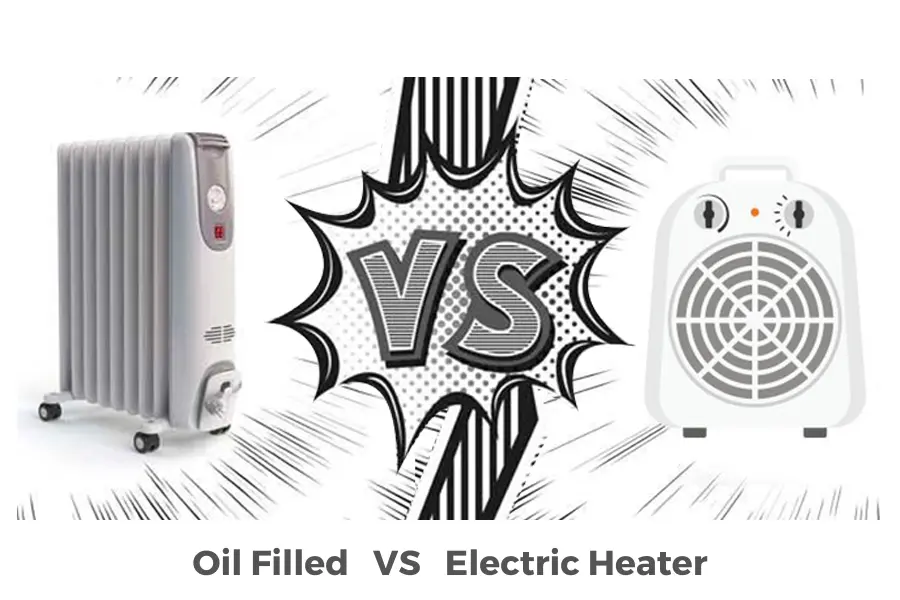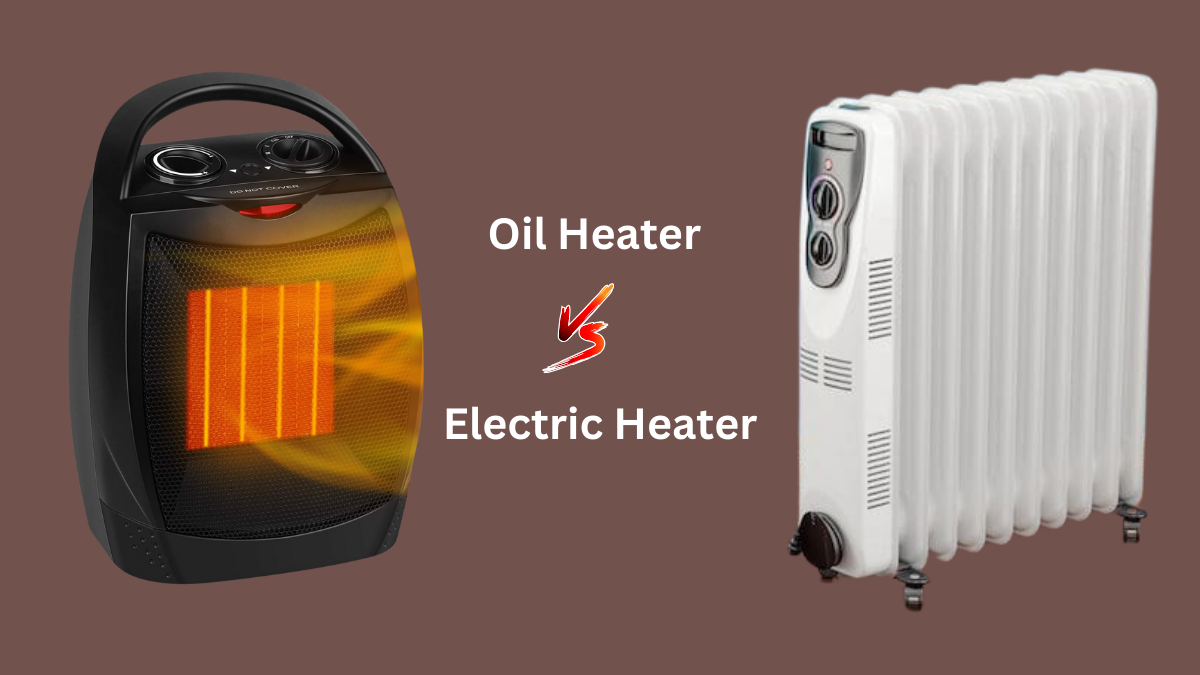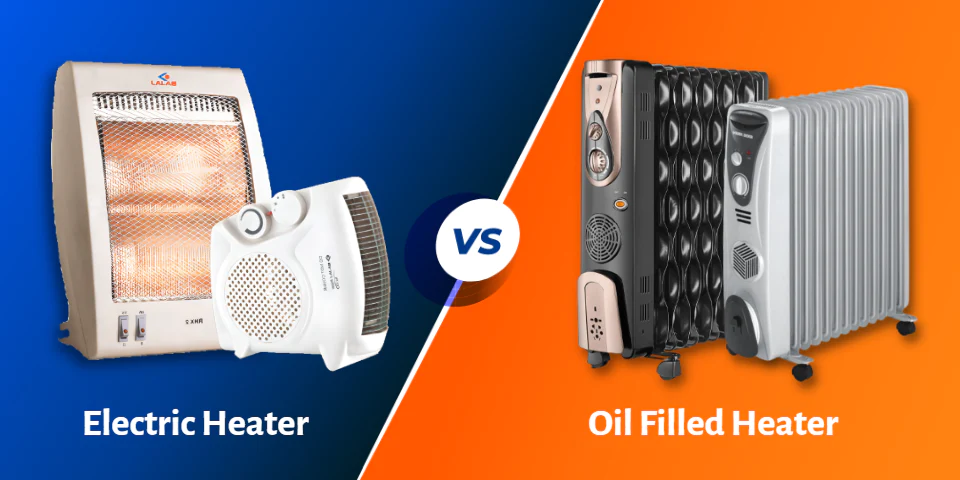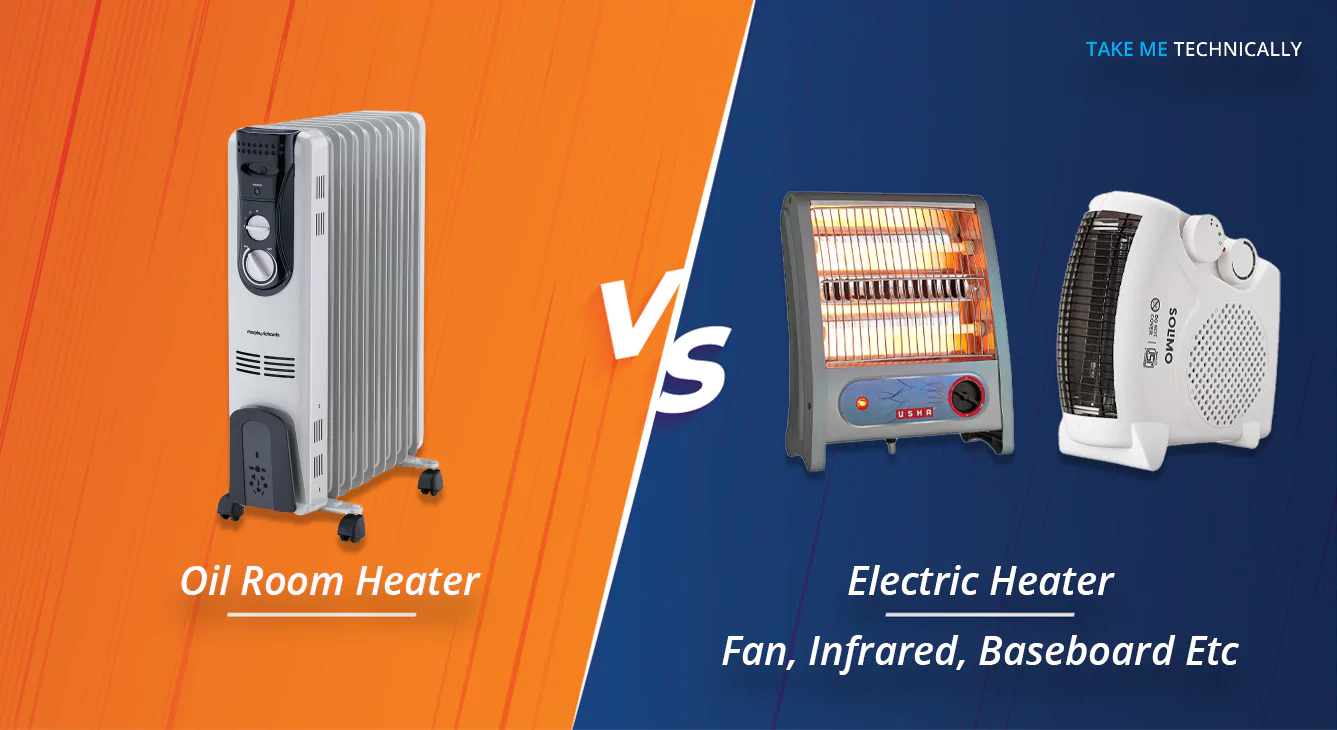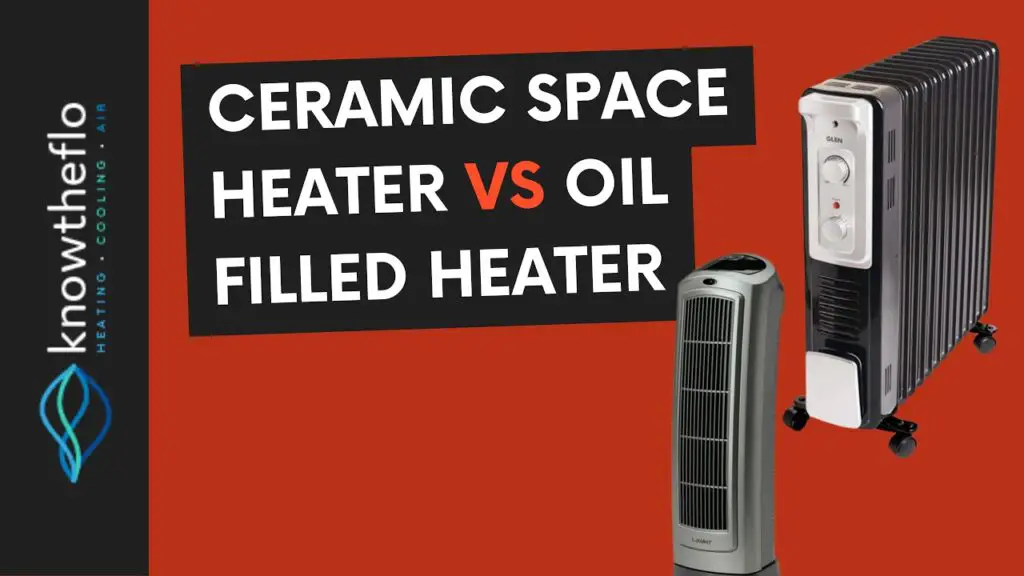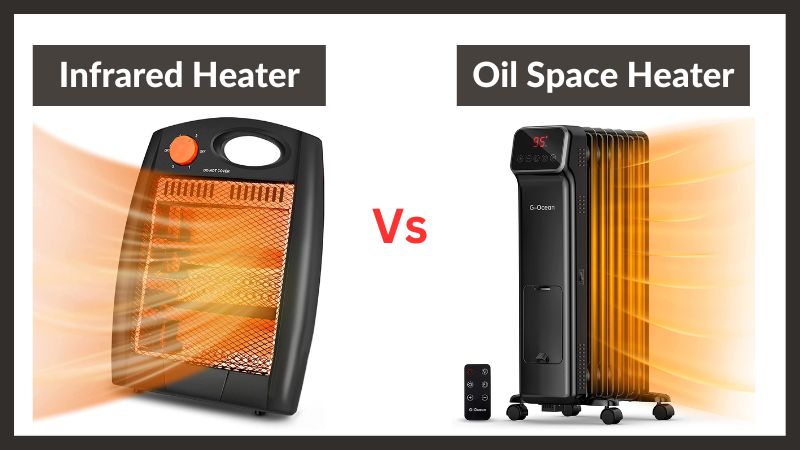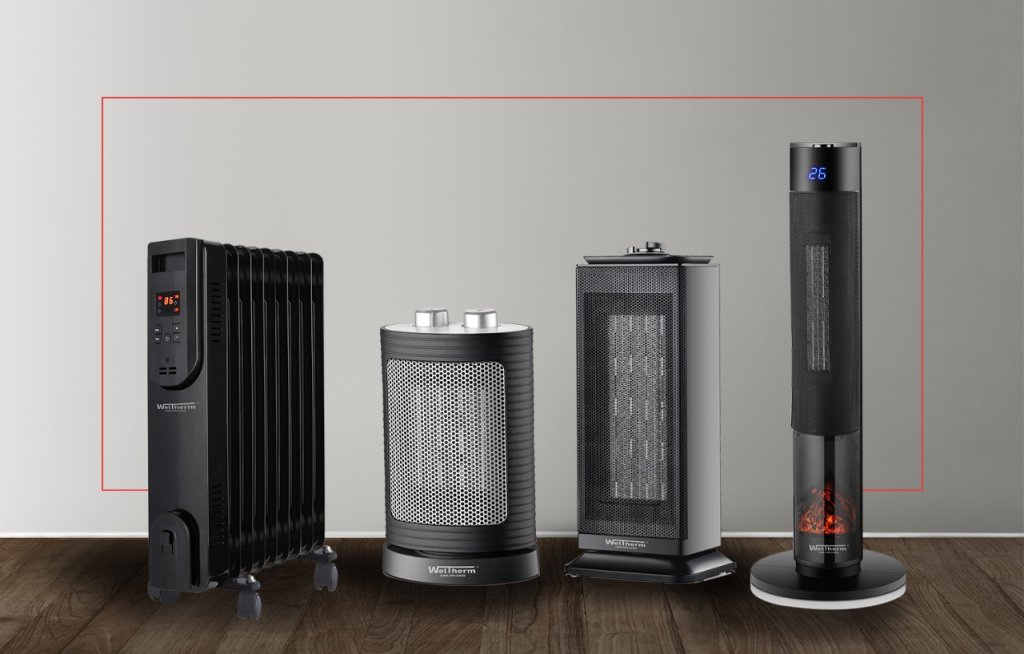Oil Heater Vs Electric Heater Consumption

The chill of winter can send energy bills soaring, especially when relying on space heaters. Among the most common choices for supplemental heating are oil-filled radiators and electric resistance heaters. But which one consumes less energy and offers the best long-term value? Let’s break down the key differences in energy consumption between oil heater vs electric heater consumption, exploring efficiency, cost-effectiveness, and smart home integration.
Understanding the Basics: How They Work
Before diving into energy consumption, it's crucial to understand how each type of heater operates:
- Electric Resistance Heaters: These are the simplest type. They use electricity to heat a coil, which then radiates heat into the room. Examples include ceramic heaters, fan heaters, and baseboard heaters.
- Oil-Filled Radiators: These heaters are filled with oil (usually mineral oil) that's heated by an electrical element. The oil then radiates heat from the heater's surface. They take longer to heat up, but retain heat for longer periods even after being switched off.
The Initial Cost and Energy Consumption
The upfront cost of both types of heaters is relatively similar, ranging from $50 to $200 depending on size, features, and brand. However, the real difference lies in their energy consumption patterns.
Electric heaters convert almost 100% of the electrical energy they use into heat. This means that for every kilowatt-hour (kWh) of electricity consumed, you get approximately 3,412 BTUs (British Thermal Units) of heat. Oil-filled radiators also convert nearly 100% of electrical energy into heat. In theory, there's no difference in *actual* energy used to generate heat, *if both heaters are running constantly and putting out the same amount of heat*. The key difference is how they deliver that heat and maintain temperature.
Consider this: A typical 1500-watt electric heater and a 1500-watt oil-filled radiator, running for one hour, will both consume 1.5 kWh of electricity. At an average electricity rate of $0.15 per kWh, each will cost $0.225 to operate for that hour. The perceived difference in cost comes from how often each heater needs to cycle on and off to maintain a set temperature.
The Illusion of Efficiency: Heat Retention and Cycling
Oil-filled radiators have a higher thermal mass thanks to the oil inside. This means they take longer to heat up, but also retain heat for a longer time after being turned off. This heat retention is the key factor that often makes people believe oil-filled radiators are more energy-efficient. Because the oil is still emitting heat, the radiator doesn't have to draw power as often to maintain a comfortable temperature.
Electric resistance heaters, on the other hand, cool down almost immediately once switched off. They need to cycle on and off more frequently to maintain a consistent temperature, potentially leading to higher overall energy consumption if you're constantly turning it off and on.
The Truth: The "efficiency" of an oil heater is more about the *perception* of consistent warmth and less about magic energy savings. Both heaters ultimately convert electrical energy into heat at approximately the same rate.
Real-World Scenarios and Usage Patterns
The actual energy consumption depends heavily on how you use the heater:
- Short Bursts of Heat: If you only need heat for a short period (e.g., 30 minutes), an electric resistance heater might be more suitable. It heats up quickly, providing immediate warmth.
- Extended Use: For longer periods, such as overnight or throughout the day, an oil-filled radiator may be more cost-effective due to its heat retention capabilities.
- Room Size: The size of the room is also a crucial factor. A small electric heater might suffice for a tiny office, while a larger oil-filled radiator could be more appropriate for a larger bedroom.
Beyond the Heater: Insulation and Drafts
No matter which type of heater you choose, ensuring proper insulation and sealing drafts is paramount. Leaky windows and poorly insulated walls will negate any energy savings gained from a more “efficient” heater. Consider these improvements:
- Weatherstripping: Seal gaps around doors and windows.
- Caulking: Fill cracks and holes in walls and around window frames.
- Insulation: Add insulation to attics, walls, and floors.
- Window Film: Apply energy-efficient window film to reduce heat loss.
According to the U.S. Department of Energy, properly insulating your home can save you up to 15% on heating and cooling costs.
Smart Home Integration and Energy Savings
The integration of smart home technology can significantly impact energy consumption. Consider these smart features:
- Smart Thermostats: These thermostats learn your heating patterns and adjust the temperature automatically. You can also control them remotely via a smartphone app.
- Smart Plugs: Plug your heater into a smart plug to schedule when it turns on and off. This can be especially useful for oil-filled radiators, allowing them to heat up before you enter a room.
- Motion Sensors: Use motion sensors to automatically turn on the heater when someone enters a room and turn it off when the room is empty.
Brands like Nest, Ecobee, and Honeywell offer smart thermostats that are compatible with various heating systems. By implementing a smart thermostat, you can optimize your heating schedule and potentially save 10-12% on heating costs, according to Energy Star.
Rebates and Incentives
Many utility companies and government agencies offer rebates and incentives for energy-efficient upgrades. Check with your local utility provider and the Energy Star website to see if you qualify for any rebates on smart thermostats or energy-efficient insulation.
Safety Considerations
Regardless of the type of heater, always prioritize safety:
- Keep Flammable Materials Away: Ensure that curtains, furniture, and other flammable materials are at least 3 feet away from the heater.
- Never Leave Unattended: Never leave a space heater unattended, especially when children or pets are present.
- Use on a Level Surface: Place the heater on a stable, level surface to prevent it from tipping over.
- Check for Damage: Regularly inspect the heater for any signs of damage, such as frayed cords or cracked heating elements.
- Use a Dedicated Outlet: Avoid using extension cords or power strips, as they can overload and cause a fire hazard. Plug the heater directly into a dedicated outlet.
Comparative Analysis: Oil Heater vs Electric Heater Consumption
Let’s summarize the key differences in energy consumption:
| Feature | Electric Resistance Heater | Oil-Filled Radiator |
|---|---|---|
| Heat-up Time | Fast | Slow |
| Heat Retention | Poor | Excellent |
| Cycling Frequency | High | Low |
| Perceived Energy Consumption | Potentially Higher (if constantly turning on/off) | Potentially Lower (due to heat retention) |
| Ideal Use Case | Short bursts of heat | Extended use; maintaining a constant temperature |
| Smart Home Integration Benefits | Precisely schedule on/off times | Optimize heat-up timing for maximum comfort |
Beyond Space Heaters: Considering Whole-House Solutions
While space heaters can provide supplemental heat, they are not ideal for heating an entire home. Consider these whole-house solutions for greater energy efficiency and cost savings:
- High-Efficiency Furnaces: Replace an old, inefficient furnace with a new, high-efficiency model.
- Heat Pumps: Heat pumps are an energy-efficient alternative to furnaces, especially in mild climates.
- Ductless Mini-Split Systems: These systems provide zoned heating and cooling, allowing you to heat or cool only the rooms you are using.
- Professional Energy Audit: A professional energy audit can identify areas in your home where energy is being wasted and recommend solutions.
Making the Right Choice
The choice between an oil heater and an electric heater depends on your specific needs and usage patterns. There is no simple yes or no as to which consumes less energy. However, understanding the nuances of each heating solutions will allow you to get the best ROI for your heating needs.
For quick bursts of heat, an electric resistance heater may be sufficient. For extended use and consistent warmth, an oil-filled radiator could be a better option. Regardless of your choice, remember to prioritize safety and consider smart home integration to optimize energy consumption and maximize savings. In the end, the most energy-efficient approach involves a combination of smart technology, proactive insulation, and responsible heater use.
By taking these steps, you can stay warm and cozy without breaking the bank or harming the environment.
